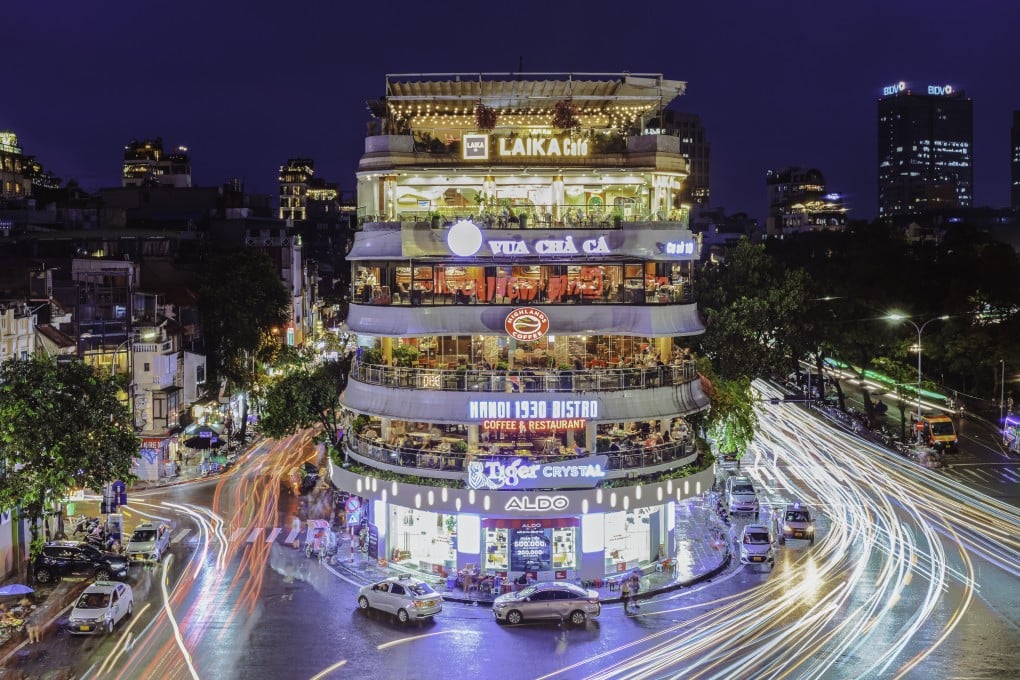Uncovering Hanoi, Vietnam’s rich culture and cuisine
Locals recommend the Vietnamese capital’s best street food, creative spaces and historical sights

Vietnam might have transformed into a Southeast Asian powerhouse over recent decades but its elegant capital remains imbued with the past. The city’s location – “between the rivers”, as “ha noi” translates as – made it an obvious place in which to build a citadel, with records stretching back to the third century BC. Hanoi’s many historic monuments and contemporary venues allude to its position as Vietnam’s cultural nerve centre today.

According to interpreter Pham Thi Thuy Duong, art director Suzanne Lecht and musician Pham Truong Son, the Old Quarter, in Hoan Kiem district, is the best place in which to get acquainted with the capital and its cuisine.
“The streets are named after artisanal trades,” says Lecht, referring to the 36 guilds this congested square kilometre was once divided among.
“It’s a garden of many different flowers,” says Son, who recommends walking among the craft shops, market stalls and tall, narrow “tube” houses of the Old Quarter, to soak up the atmosphere.
Street eats and veggie food

“If you don’t eat on the street, you haven’t been to Hanoi,” says Duong. “The pavements aren’t really for walking; they’re for parking motorbikes and sitting on tiny plastic chairs to eat banh mi [Vietnamese-style baguettes] and drink iced coffee. It’s a Hanoi thing.”
Duong, who hails from nearby Halong City, came to Hanoi to study at Vietnam National University in 2017.
“Our favourite place wasn’t Beer Street,” she says, referring to Ta Hien Street, a lively tourist strip. Instead, Duong and friends frequented Ma May Street, a block to the east, which has a recorded history of 500 years and the architecture to prove it.
In pre-colonial times, this was where merchants built their houses, evident in the many dinh (communal houses) and incense-infused guild halls. But for young Hanoians, it’s the grilled pork vermicelli and Bia Ha Noi lager consumed street-side that make Ma May special.
